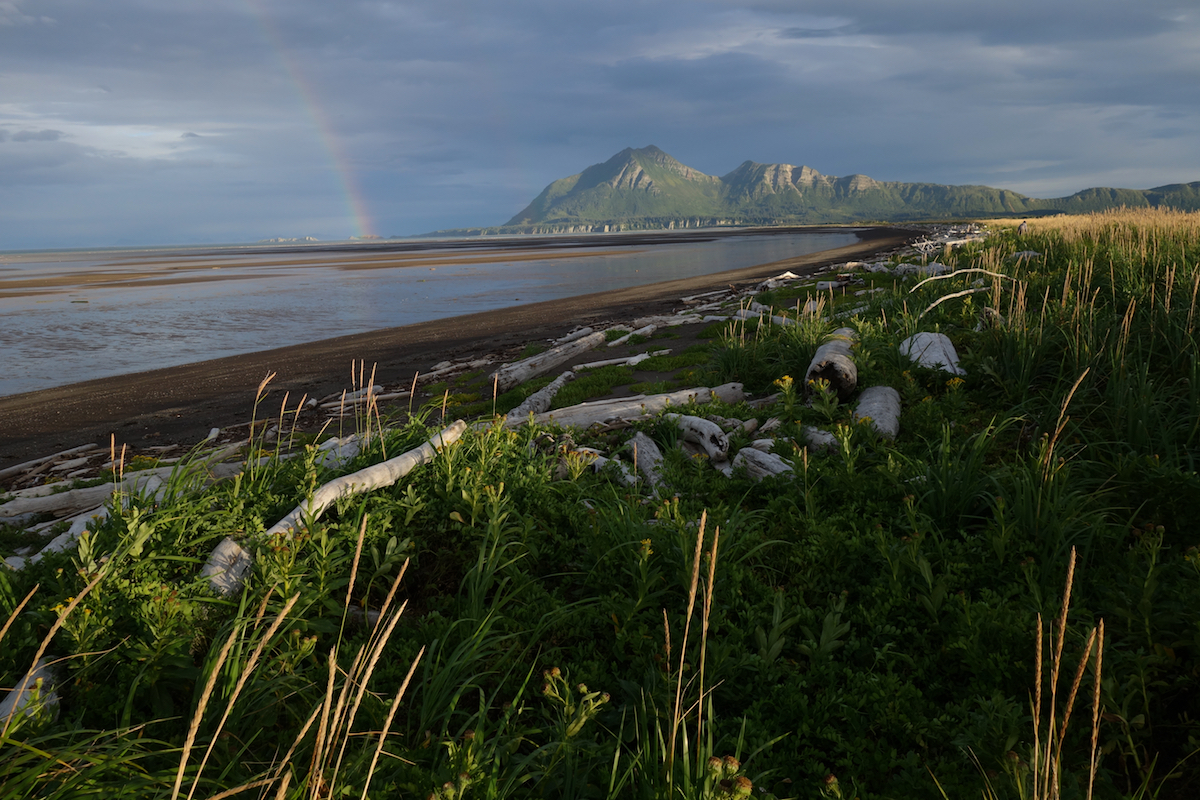
NPS Photo/A. LaValle
On the wild and rugged Katmai coast, it’s easy to feel as though you’ve slipped into a land before time. Cliffs topped by blankets of green vegetation run toward empty beaches and tidal flats. Flocks of sea birds perch themselves on lonely rocks off shore. Other than the bear tracks on the beach, the only footprints are the ones you just made.
Yet even here, in some of the remotest parts of the Alaska peninsula, reminders of our modern world appear. Feeling conspicuously out of place, in the middle of the deserted beach, with no sign of humanity for miles around, you may come across an empty bottle of bleach. Or perhaps large pieces of styrofoam. Occasionally, you may even find objects as large as pieces of shipping containers, recently washed on to land.
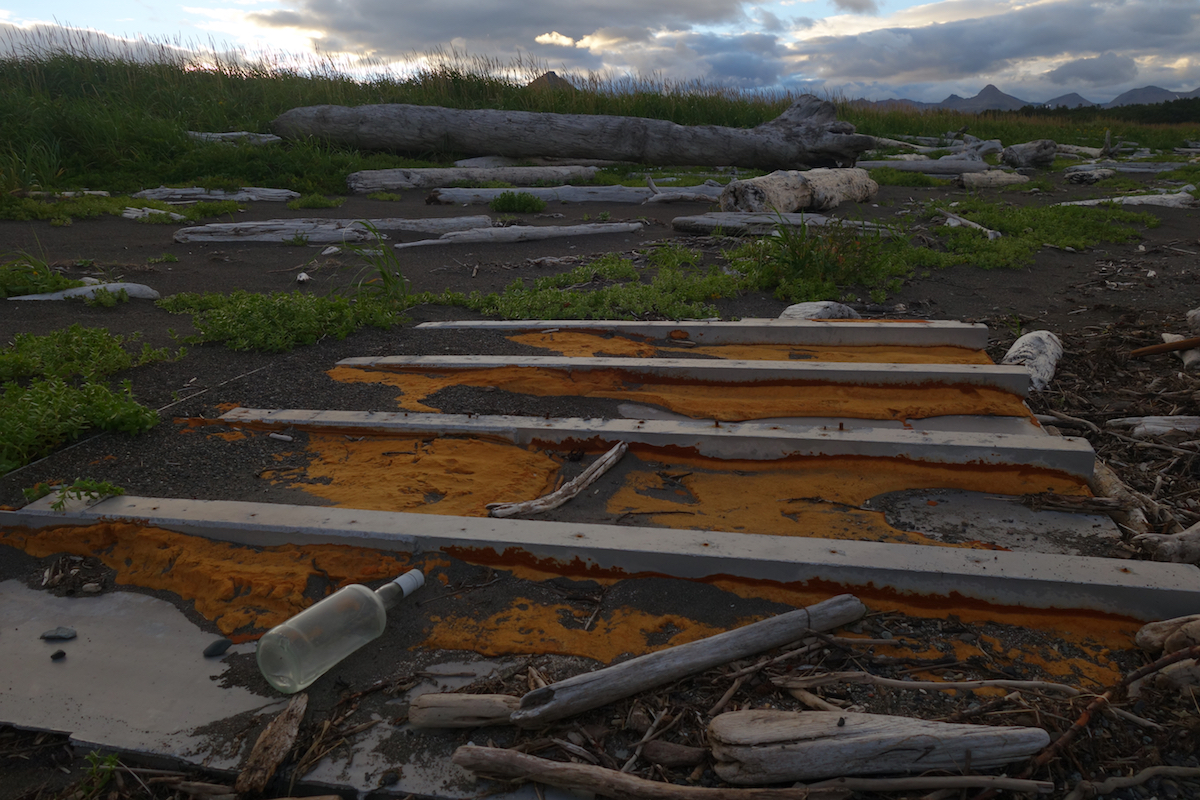
NPS Photo/A. LaValle
These objects are what is known as marine debris— man-made objects that through any number of means become adrift at sea. Eventually, some of this debris will inevitably find its way towards shore. That shore could even be on the other side of the ocean.
These pieces of debris can come in all shapes and sizes, and relate to all aspects of modern living. The only thing they share in common is that they are capable of floating.
Rope and netting, embedded in the sand, are now part of the landscape for growing plants and grass.
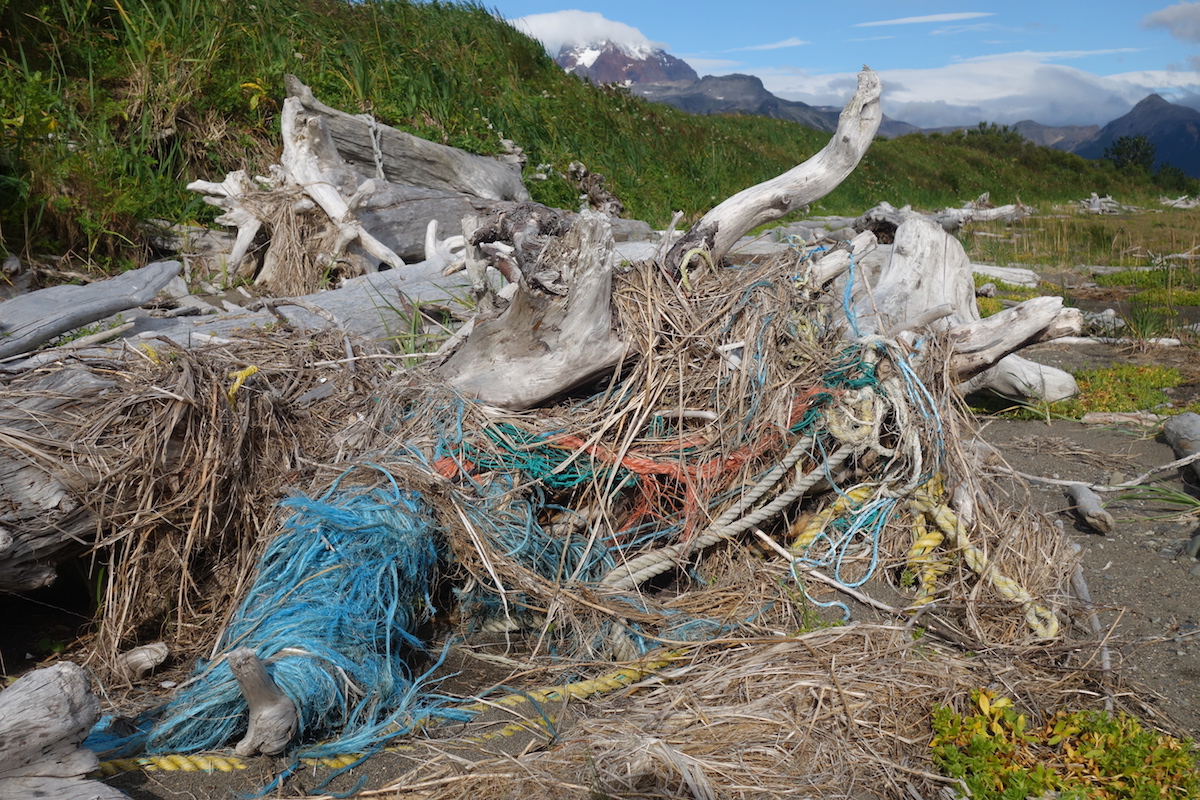
NPS Photo/A. LaValle
Bottles of sports drinks. Soap containers. Aerosol cans of all kinds. Sometimes objects that are especially curious, such as half of a construction helmet. “What happened to the other half?” one might wonder. (And to the person who wore it?)
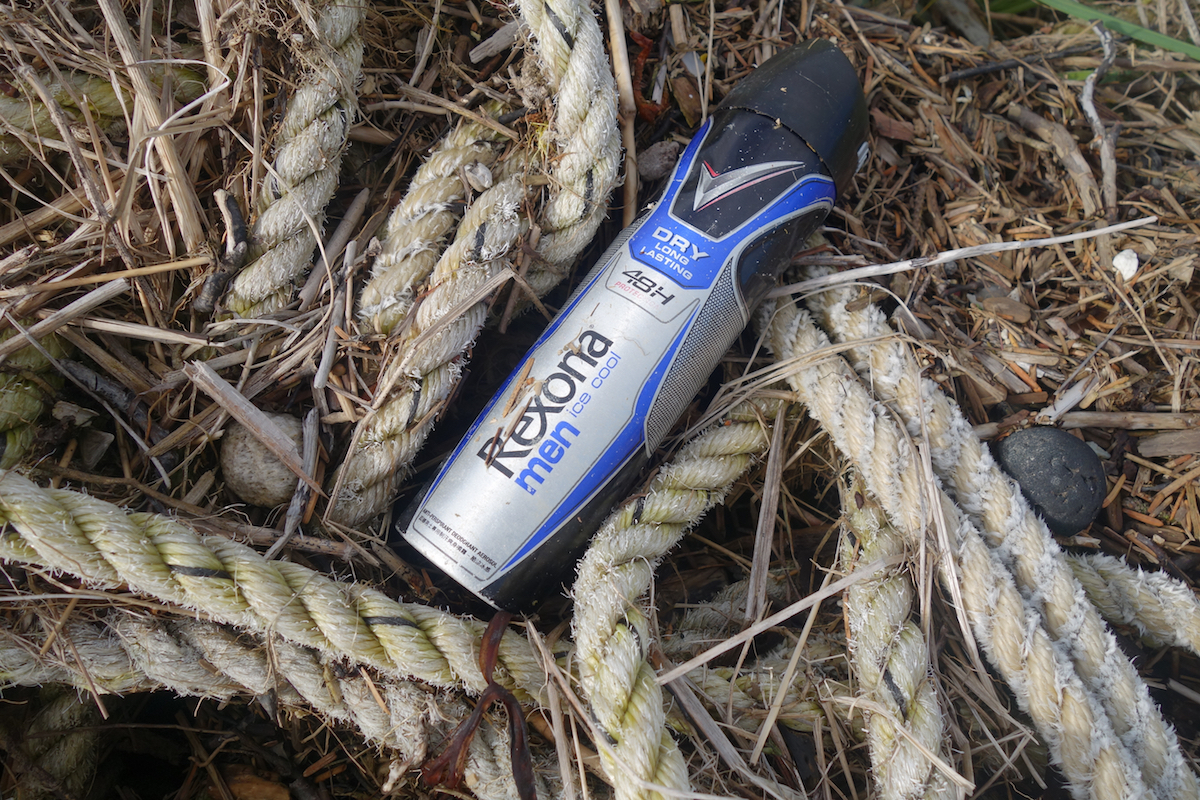
NPS Photo/A. LaValle
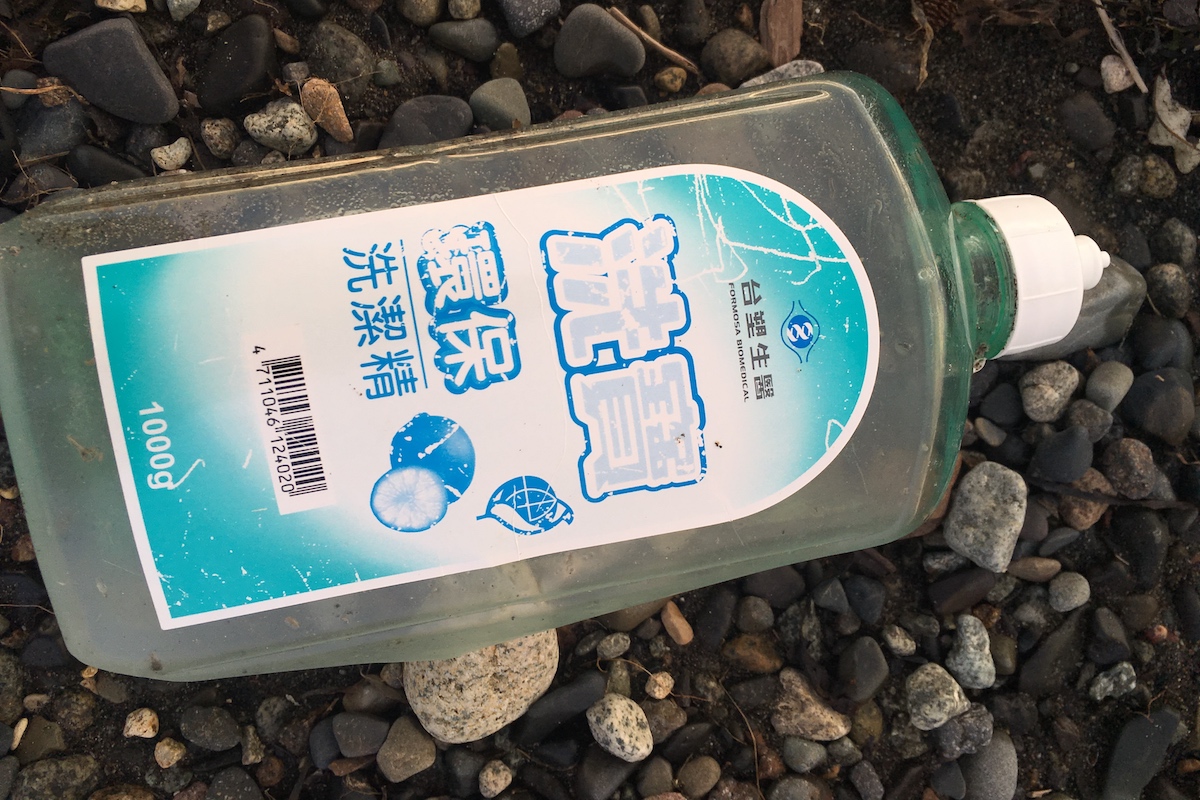
NPS Photo/A. LaValle
These objects found in Hallo Bay are part of a larger story. Tremendous amounts of industrial and household waste find their way into our oceans. This is particularly true of the massive amounts of plastic we dispose of on a daily basis. Because of their buoyancy, plastics and foams specifically can travel great distances in the sea. Aided by the ocean waves, our waste is not confined to the local community. This is how items such as large plastic baskets end up in remote, sparsely populated places like Katmai.
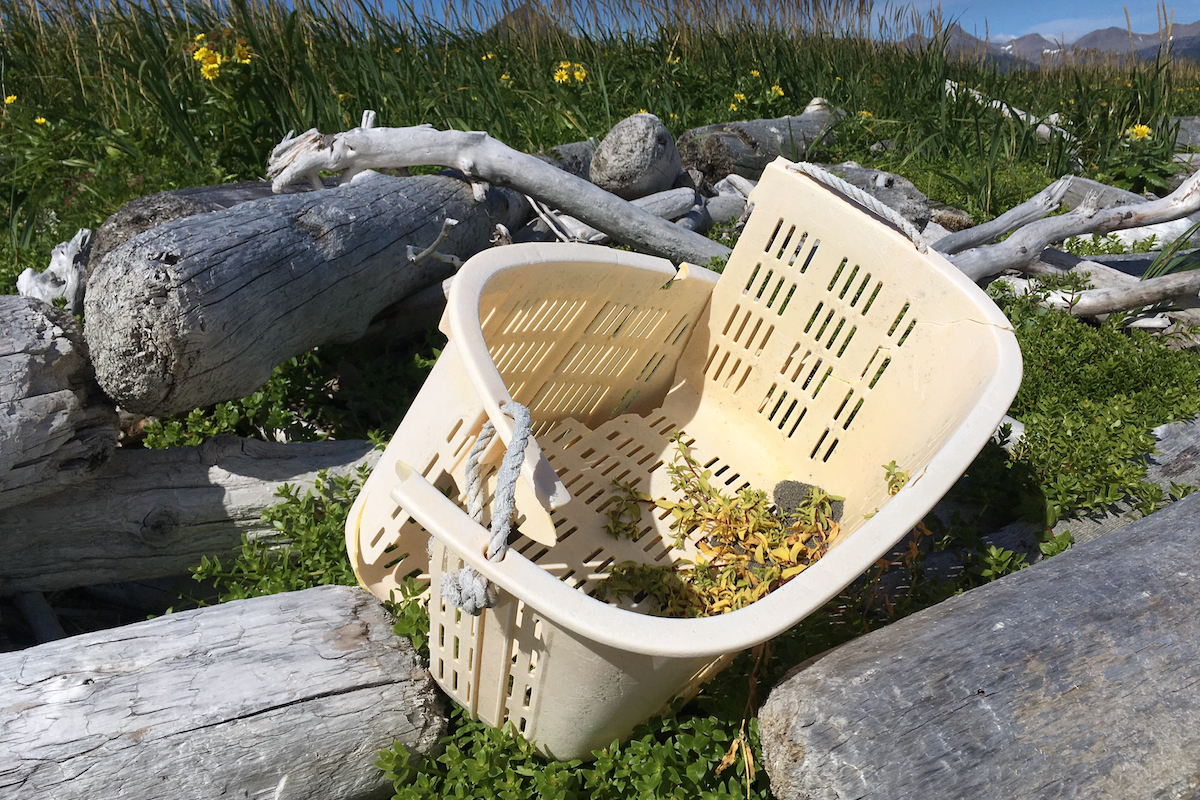
NPS Photo/A. LaValle
Ocean currents also push pieces of debris towards certain areas where they amass in impressive densities. From time to time you may see news reports detailing these great “garbage patches” floating in the Pacific Ocean. Some headlines may give these debris patches the dubious distinctions of being larger than continents or countries. The truth is, however, that there is currently no scientifically conclusive way to estimate the size of gatherings of debris in our oceans. Being that they are floating and mobile, the size, shape, and mass of the garbage patches constantly change. Further, while larger pieces of debris may be more visible and attention-grabbing, most of the plastic in these patches are actually very small pieces and particles known as microplastics. They may no longer be discernible as the household items they once were.
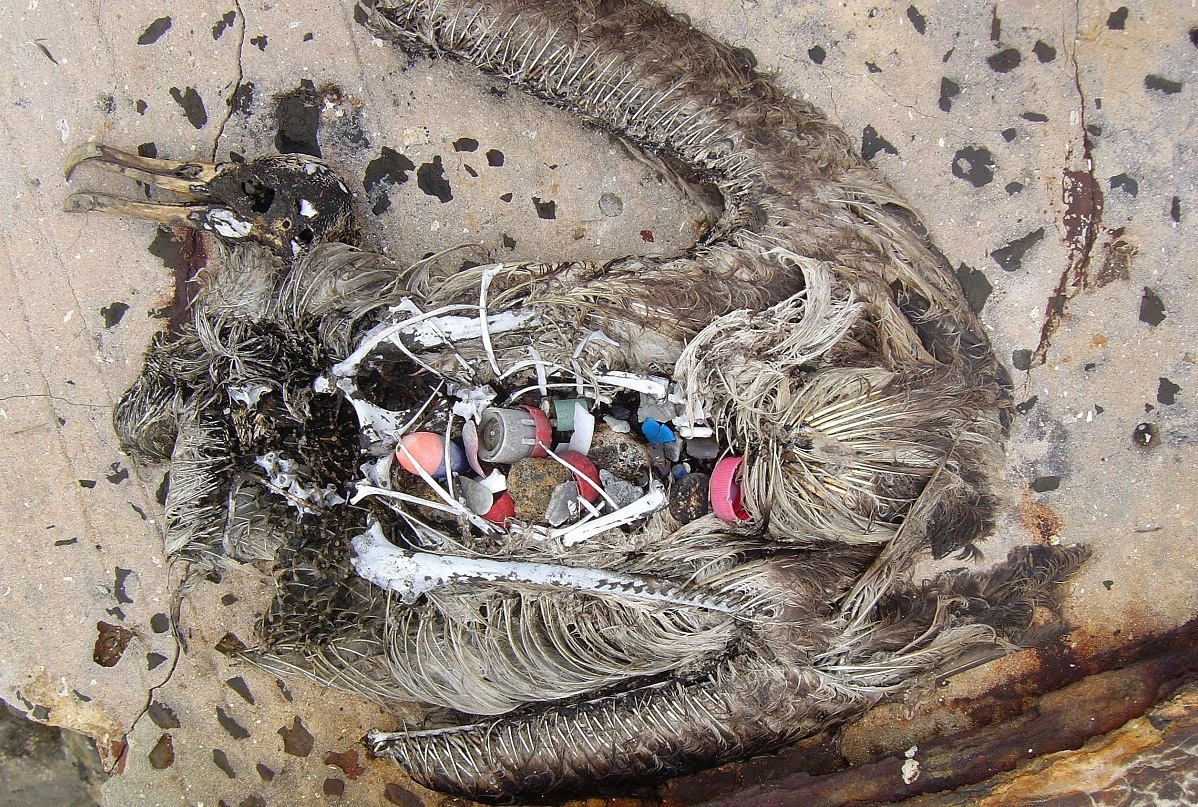
Plastics and other manmade items found within an albatross at Midway Atoll National Wildlife Refuge (Photo: John Klavitter, US Fish & Wildlife Service)
Beyond being aesthetically displeasing, this debris has serious consequences. Smaller pieces of debris enter the food chain and are consumed by animals of all sorts. In recent years, photographs featuring the stomach contents of an Albatross taken at Midway Atoll National Wildlife Refuge gathered a great deal of attention. The deceased bird was filled with plastic bottle caps and man-made objects of all kinds. While that particular instance may be especially unsettling, it is an illustration of a problem the magnitude of which is only likely to worsen as humanity’s impact grows. (See also: “Oceans of Trash” from the U.S. Fish & Wildlife Service)
There have been extensive efforts to clean up some of the larger debris, however. For years following the 2011 Japanese earthquake and tsunami, higher than normal amounts of debris washed onto beaches in places like Alaska. In response, an expansive marine debris clean up took place in 2015 in Alaska’s national parks. From Katmai’s coastline, nearly 11,000 pounds of marine debris were removed from only eighteen miles of beach. Rope and netting were the most commonly found items during this clean up, but plastics made up nearly 60% of the five and half tons of waste that were collected. These large clean up events on beaches serve a valuable and important role, but in themselves, they are only a temporary solution. More debris will be brought ashore with the very next tide.
It’s obvious in Katmai’s case, an area without a large human population, that these objects do not come from the local neighborhood. In fact, they can come from a world away. Like climate change, it is an issue that is truly worldwide in scale. On the individual level, we can reduce the amount of plastics and packaging we purchase and consume. But given the long amount of time it takes many of these materials to decompose, it is an issue that humanity will be facing for generations to come. These objects may have traveled from across the globe, but when it comes to marine debris, we’re all in the same boat.
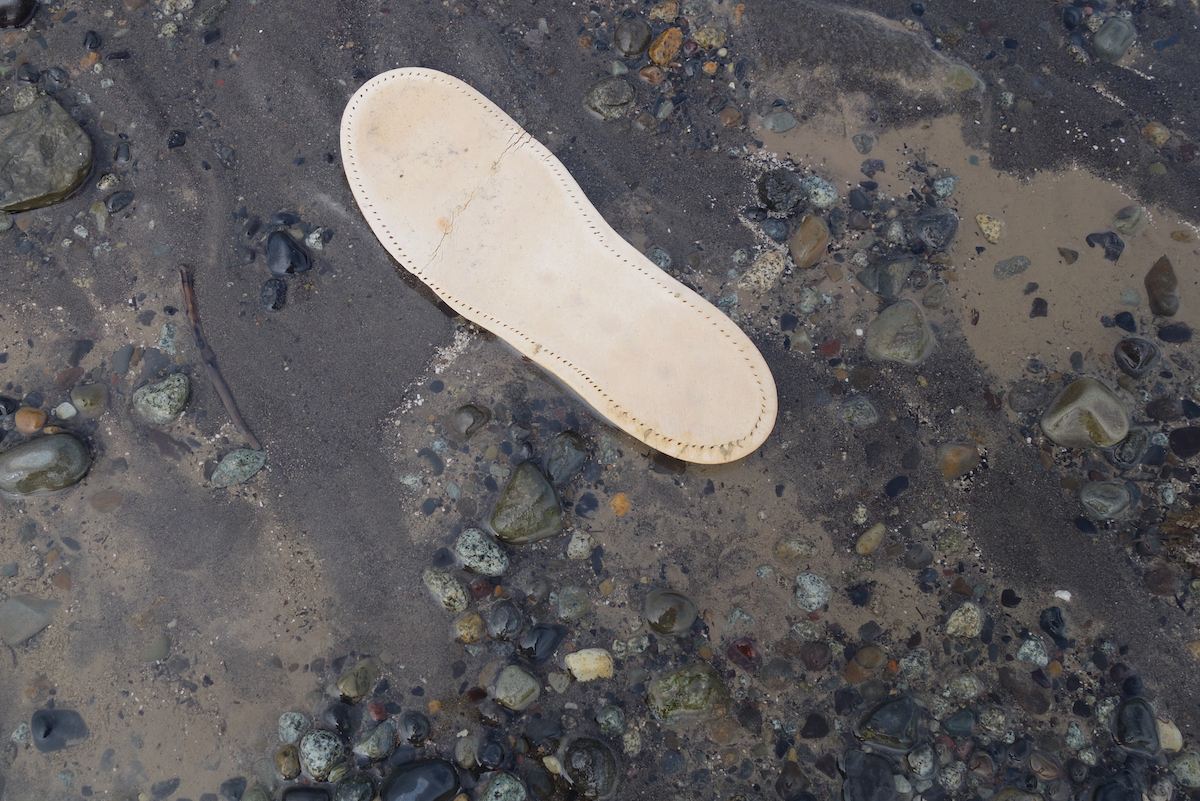
NPS Photo/A. LaValle
